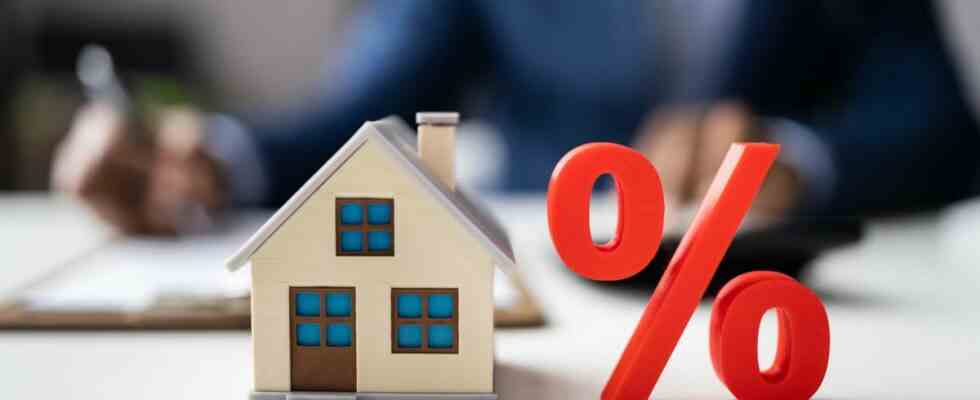Faced with galloping inflation, the ax fell. This Thursday, the European Central Bank (ECB), through its president Christine Lagarde, announced the increase in its interest rates (also called key rates). A first for ten years which says a lot about the socio-economic crisis that the European Union is going through.
The info could slip into the news as it seems to be aimed at an informed public. But it will nevertheless affect a good part of the French. Indeed, this symbolic increase (from 0 to 0.50% for the main rate) will lead to a significant increase in bank interest rates and reduce the number of applicants for a mortgage. Mael Bernierspokesperson for the online broker Meilleurtaux.com, explains why.
The ECB raises its key rates for the first time since 2011, what does that mean?
Before embarking on the explanation of the increase in key rates, let’s already understand the role of the ECB in itself. “Founded in 1998, the European Central Bank aims to fight against inflation,” explains Maël Bernier. “Since 2016, its rate has capped at 0%, since inflation in France, as everywhere in the Euro zone, was almost zero,” she adds. Only for two years, France, Europe and even the world if we think big, are going through an unprecedented socio-economic crisis. Indeed Covid-19 + war in Ukraine = inflation. “Faced with this period of record inflation, the ECB, through the voice of Christine Lagarde, therefore announced an increase in its key rates on Thursday,” explains our specialist. In other words, to calm inflation, the ECB slows down consumption by making money more expensive.
What does this increase mean for individuals?
Who says rise in key rates says rise in bank borrowing rates. Yes, because can you imagine that banks finance themselves on the markets, but also and above all from the ECB? If they borrow at a higher rate, the banks logically lend at a higher rate in turn. “Bank rates have been increasing considerably in recent months, and individuals who borrowed at 1% a year ago are lucky,” continues the spokesperson for Meilleurtaux.com. “Today, the rates are around 2.5%, and we may reach 3% soon.”
Are the French at risk of being refused more loans in the coming months?
Beyond the high rates, Maël Bernier tells us that for the past few months, nearly one out of two financing files has been rejected by the banks. But not everything is the fault of the ECB, according to the expert. “If the borrowing rate is at 2.5% and inflation at 5%, that is still more attractive than a borrowing rate at 1% with inflation at 1.5%.” Clearly, everything is proportional to inflation.
“The other scourge for access to borrowing is the rate of wear”. The wear rate? “It is a limit put in place by the Banque de France which aims to protect the borrower from excessively high bank rates”, explains the broker. Excluding today, this rate is not changing as fast as that of the ECB or as inflation itself. “Thus individuals who are fully eligible for the loan, that is to say who do not exceed the famous stubbornness rate of 35%, were refused bank loans that exceeded the rate of wear”. A snake that bites the rate, in short.

